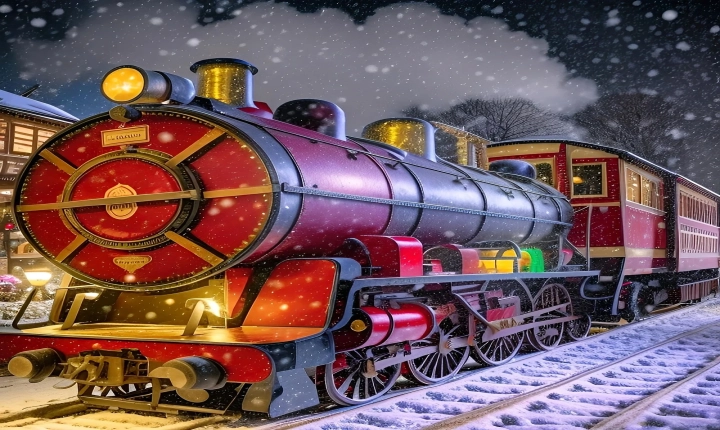Is it AI Art? Exploring the Intersection of Artificial Intelligence and Creative Expression
Artificial Intelligence (AI) has been making waves in various industries, from healthcare to finance, but its impact on the world of art has been particularly intriguing. With the development of AI-generated art, a new era of creative expression has emerged, sparking debates about the nature of art and the role of technology in shaping human creativity.
One of the most compelling aspects of AI art is the way in which it challenges traditional notions of authorship and originality. When a piece of art is created using AI algorithms, questions arise about the extent to which the AI system can be considered the “artist.” While it is true that the AI system performs the actual drawing or painting, the underlying algorithms and data that drive the process were created by human programmers. This blurring of the lines between human and machine creativity raises interesting philosophical and ethical questions about the nature of art and the value of human input in the creative process.
Another aspect of AI art that has captured the imagination of artists and art enthusiasts is its ability to generate entirely new, never-before-seen visual styles and forms. By analyzing vast amounts of data and learning from patterns and styles in existing art, AI systems can produce art that differs significantly from what a human artist might create. This opens up new possibilities for exploring uncharted territories in art and pushing the boundaries of creativity.
However, some critics argue that AI art lacks the emotional depth and personal expression that are often associated with human-created art. They believe that the soul and intention of the artist, as well as their lived experiences and emotions, are integral to the creation of compelling and meaningful art. While AI-generated art may be visually striking, it may not carry the same depth of meaning and emotional resonance as art created by a human artist.
Proponents of AI art counter that the emotional impact of a piece of art is ultimately in the eye of the beholder, regardless of its origin. They argue that AI art has the potential to evoke powerful emotions and spark meaningful conversations, just as human-created art does. Additionally, they point out that AI art can serve as a complement to human creativity, offering new tools and techniques for artists to explore and incorporate into their own practice.
Beyond the philosophical and aesthetic debates, the rise of AI art presents practical implications for the art world. As AI-generated art gains popularity and recognition, questions about ownership, copyright, and the art market arise. Who owns the rights to AI-generated art? Should AI artists be recognized and compensated for their creations? These are complex issues that the art world will need to grapple with as AI art becomes more integrated into artistic practice and the art market.
In conclusion, the emergence of AI art represents a fascinating intersection of technology and creative expression. While it challenges traditional notions of art and creativity, it also opens up new horizons for exploration and innovation in the art world. Whether it is considered “true” art or not, AI art is undeniably making an impact and sparking important conversations about the nature of creativity and the role of technology in shaping the future of art. As AI continues to evolve and influence the artistic landscape, it is clear that the relationship between human creativity and artificial intelligence will continue to be a topic of great interest and debate.
